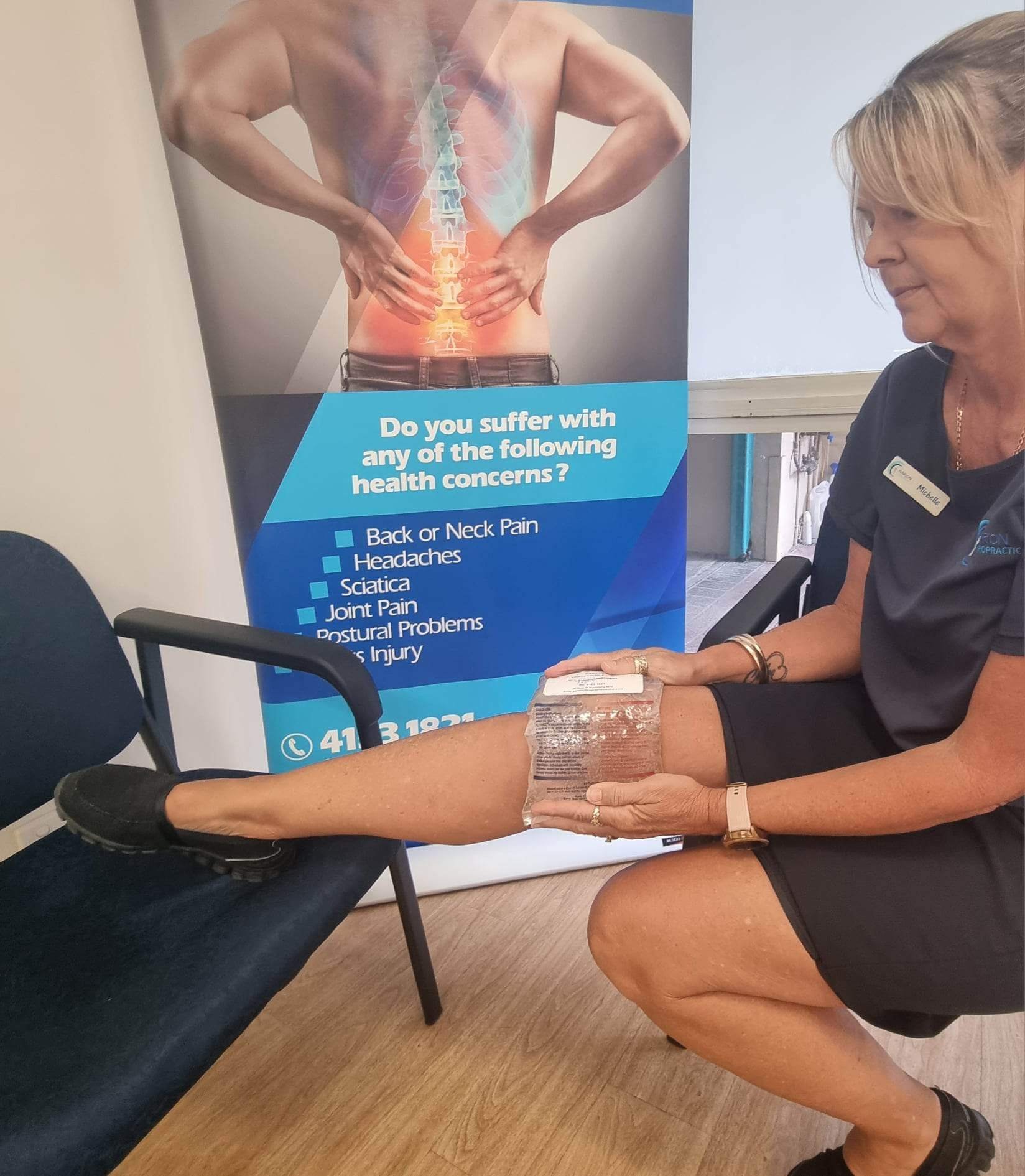Unmasking the Mystery of Knee Pain: Expert Tips!
Unmasking the Mystery of Knee Pain: Expert Tips!
Knee pain is a common condition that affects people of all ages. It can be caused by a variety of factors, including injury, arthritis, and overuse. Regardless of the cause, knee pain can be debilitating and impact your quality of life.
If you are experiencing knee pain, it is important to seek advice to determine the underlying cause and receive appropriate treatment. In the meantime, there are several strategies you can try to alleviate your symptoms and strengthen your knees.
Causes of Knee Pain
Knee pain can be caused by a variety of factors, including:
Injury: Injuries to the knee, such as ligament tears or fractures, can cause knee pain.
Arthritis: Arthritis is a common cause of knee pain, especially in older adults. Osteoarthritis, rheumatoid arthritis, and gout can all affect the knee joint.
Overuse: Overuse of the knee joint, such as from repetitive motions or sports, can cause knee pain.
Obesity: Excess weight can put additional stress on the knee joint, leading to knee pain.
Understanding the cause of your knee pain can help you and your doctor determine the best course of treatment.
Symptoms of Knee Pain
Knee pain can present in many different ways, depending on the cause and severity of the condition. Some common symptoms of knee pain include:
Pain: Pain in the knee joint is the most common symptom of knee pain. The pain can be sharp or dull, and may be accompanied by swelling or stiffness.
Limited range of motion: Knee pain can make it difficult to bend or straighten the knee joint, leading to a limited range of motion.
Instability: Knee pain can cause the knee joint to feel unstable or wobbly, making it difficult to walk or stand.
Crunching or popping sounds: Some people with knee pain may experience a crunching or popping sound when they move their knee joint.
If you are experiencing any of these symptoms, it is important to seek medical advice to determine the underlying cause of your knee pain.
Diagnosis of Knee Pain
Diagnosing knee pain typically involves a physical examination, medical history, and imaging tests. Your health practitioner may also recommend blood tests to rule out underlying conditions such as rheumatoid arthritis or gout.
Imaging tests, such as X-rays, CT scans, or MRI scans, can help your doctor identify any structural abnormalities or damage to the knee joint.
Once a diagnosis has been made, your doctor can recommend the best course of treatment for your specific condition.
Treatment Options for Knee Pain
Treatment options for knee pain depend on the underlying cause of the condition. Some common treatment options include:
Rest and ice: Resting the knee joint and applying ice can help reduce inflammation and alleviate pain.
Physical therapy: Physical therapy can help strengthen the muscles around the knee joint, improving stability and reducing pain.
Medications: Over-the-counter pain relievers, such as acetaminophen and ibuprofen, can help alleviate knee pain. Your doctor may also recommend prescription medications or injections to manage your symptoms.
Surgery: In some cases, surgery may be necessary to repair damage to the knee joint.
In addition to these treatment options, there are several strategies you can try to alleviate your symptoms and improve your overall health.
Strengthening Exercises
Strengthening exercises can help build muscle around the knee joint, providing support and stability. Some effective exercises include:
Squats
Lunges
Leg presses
Step-ups
Wall sits
It is important to start slowly and gradually increase the intensity and duration of your exercises. If you experience pain during any exercise, stop immediately and consult with your doctor.
Low-Impact Activities
Low-impact activities can help reduce stress on the knee joint while still providing a cardiovascular workout. Some examples include:
Swimming
Cycling
Yoga
Pilates
Walking
These activities can help improve flexibility, reduce inflammation, and promote healing.
Weight Management
Excess weight can put additional stress on the knee joint, exacerbating knee pain. Maintaining a healthy weight can help reduce your symptoms and improve your overall health.
Conclusion
Knee pain can be a frustrating and debilitating condition, but there are several strategies you can try to alleviate your symptoms and improve your overall health. By understanding the causes and symptoms of knee pain, seeking an accurate diagnosis, and following the appropriate treatment options, you can take control of your knee pain and enjoy a stronger, healthier you!


